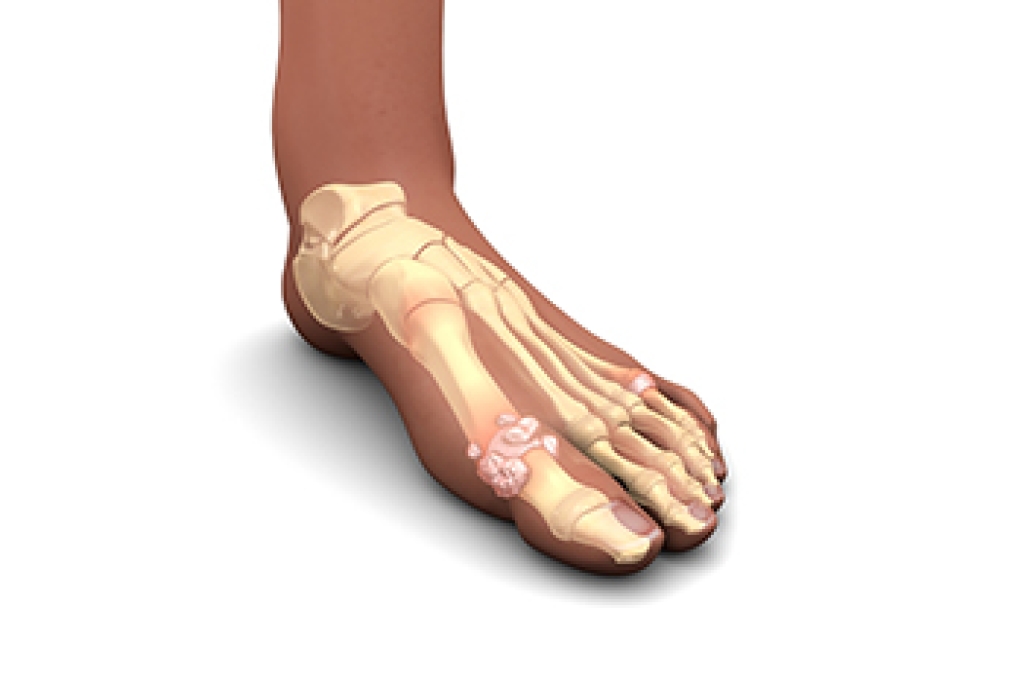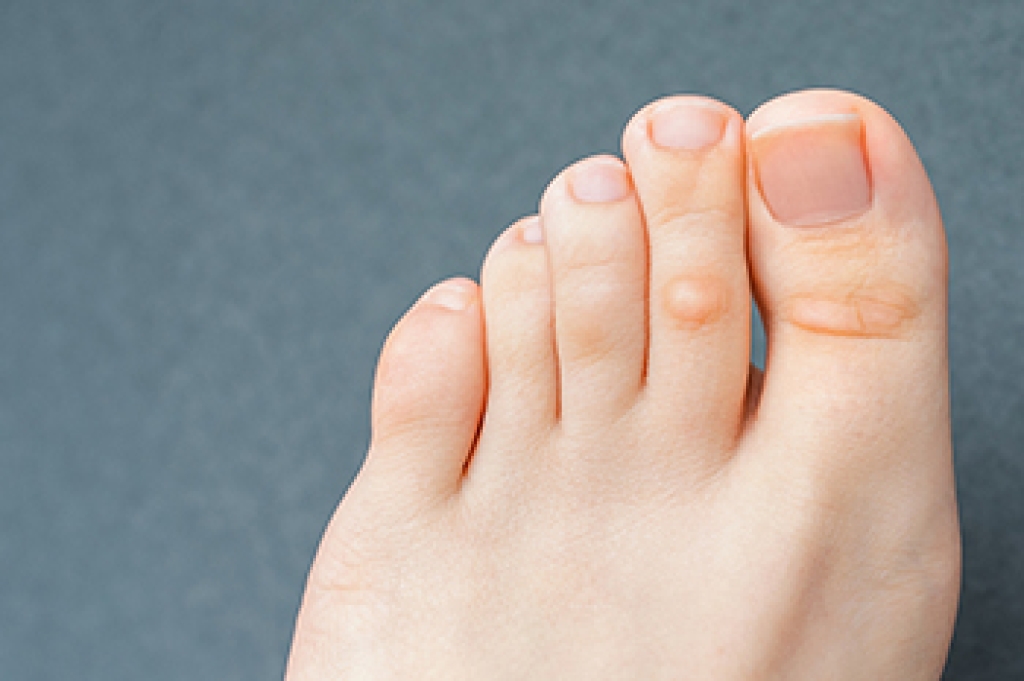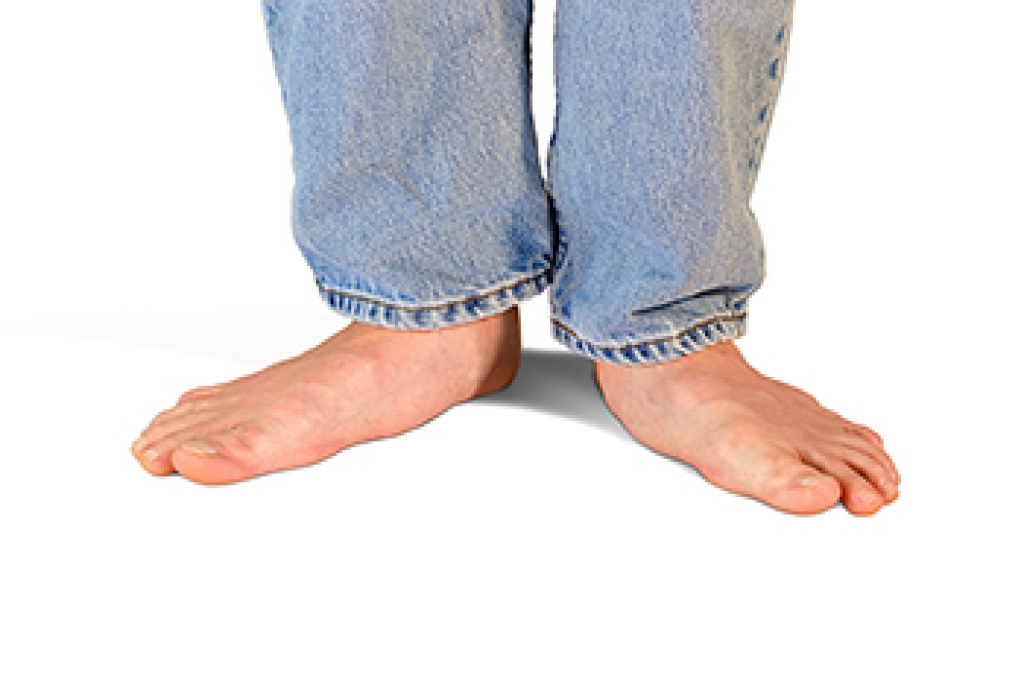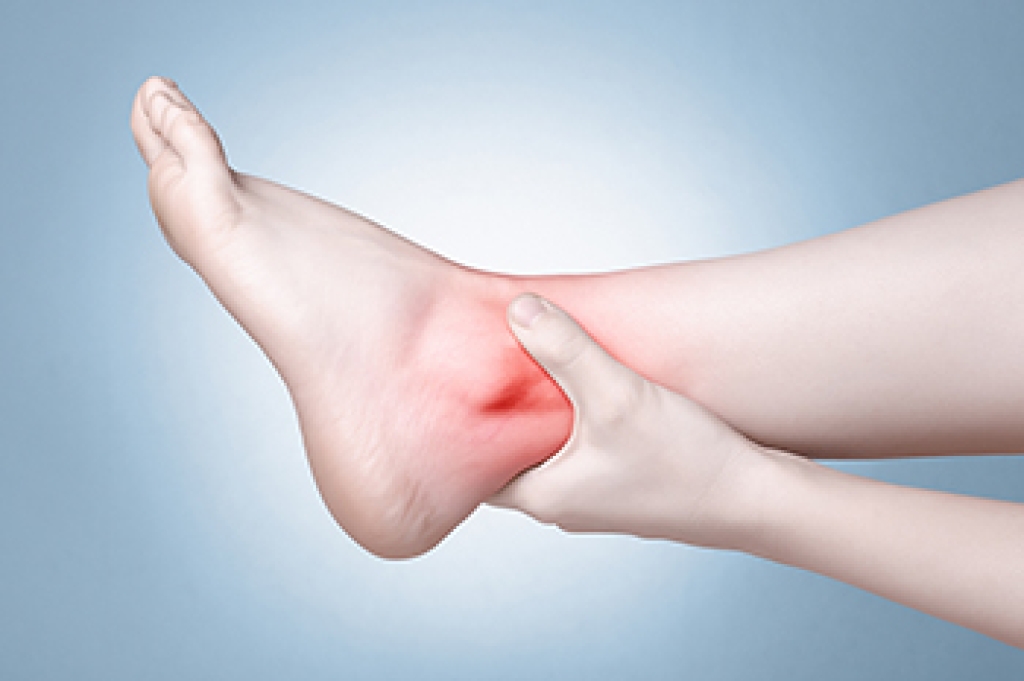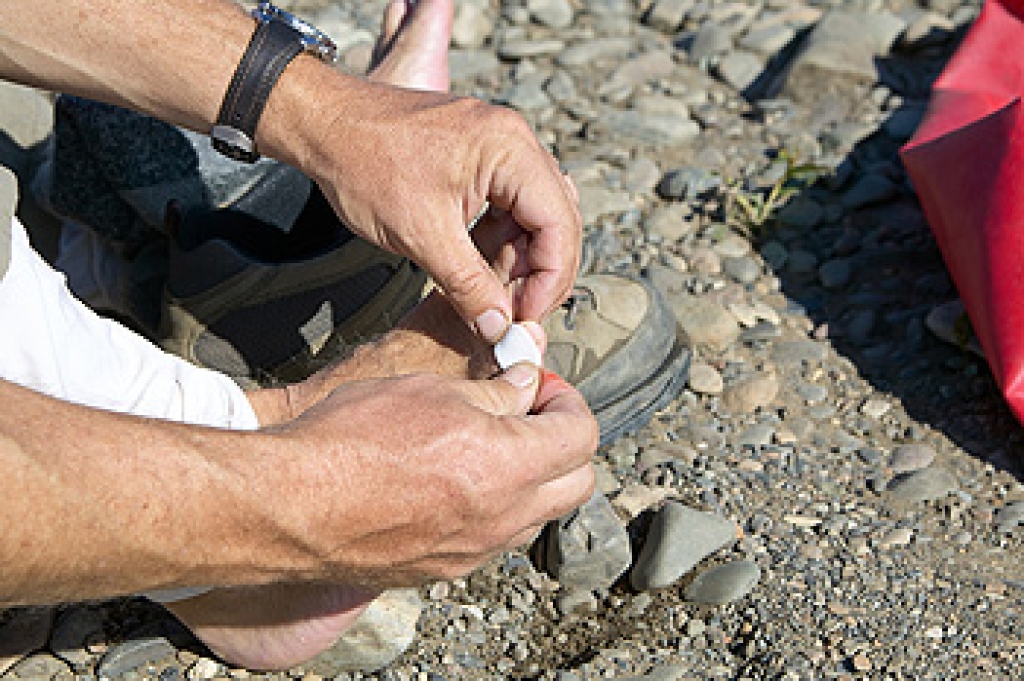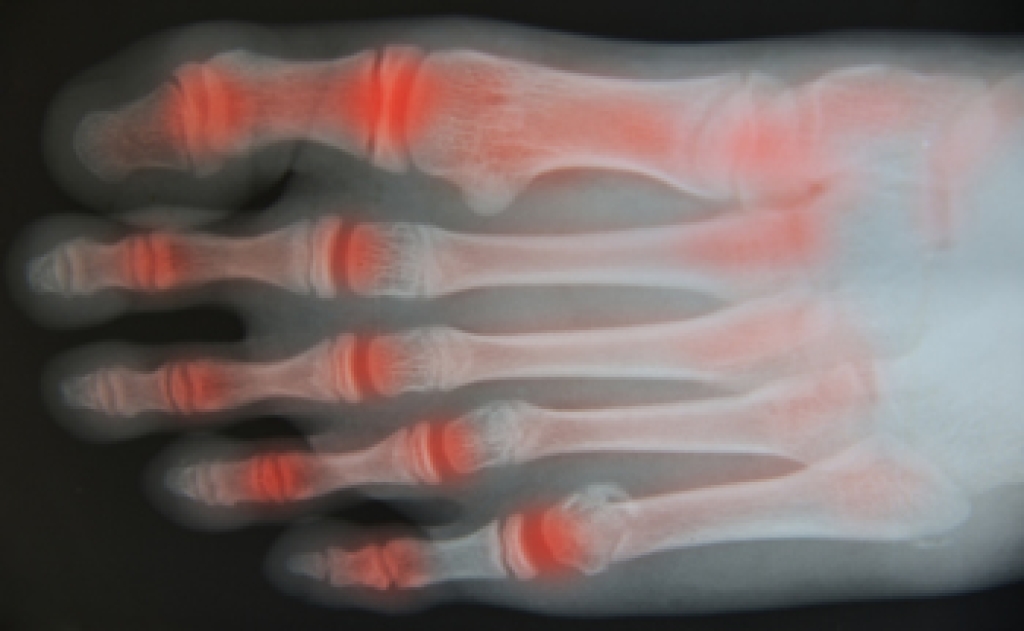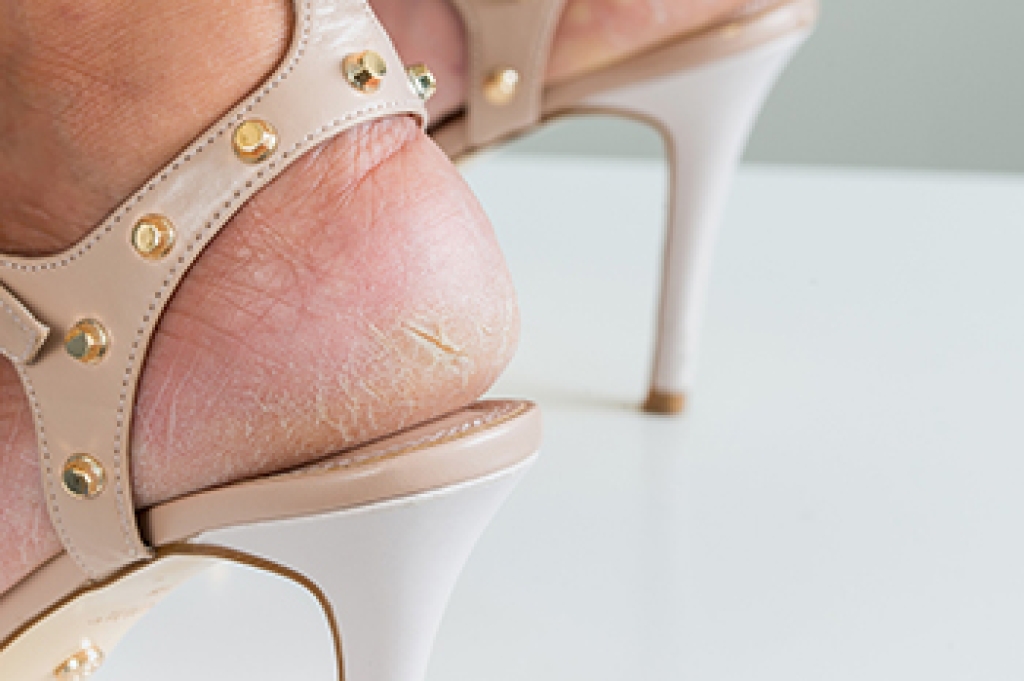
Having cracked heels is a foot condition that can cause embarrassment. It is defined as cracks that develop in the skin of the heels and may become fissures if conservative treatment does not work. Cracked heels can happen for a variety of reasons, including wearing shoes that have an open back, or standing on hard surfaces for the majority of the day. Additionally, frequently wearing flip-flops may lead to developing cracked heels, as a result of the lack of support most of these types of shoes have. Elderly people may notice they have cracked heels. The heel pads can lose elasticity, possibly causing cracked heels. People who are overweight may also be prone to getting cracked heels, which can be from the extra weight the heels must endure. Relief may be found when the feet are soaked in warm water, followed by applying a good moisturizer on them. If you have cracked heels, it is strongly suggested that you are under the care of a podiatrist who can offer you effective prevention and relief methods.
Cracked heels are unsightly and can cause further damage to your shoes and feet. If you have any concerns, contact one of our podiatrists from DeCaro Total Foot Care Center. Our doctors can provide the care you need to keep you pain-free and on your feet.
Cracked Heels
Cracked heels appear unappealing and can make it harder for you walk around in sandals. Aside from looking unpleasant, cracked heels can also tear stockings, socks, and wear out your shoes. There are several methods to help restore a cracked heel and prevent further damage.
How Do You Get Them?
Dry skin is the number one culprit in creating cracked heels. Many athletes, walkers, joggers, and even swimmers suffer from cracked heels. Age and skin oil production play a role to getting cracked heels as well.
Promote Healing
Over the counter medicines can help, especially for those that need instant relief or who suffer from chronic dry feet.
Wear Socks – Wearing socks with medicated creams helps lock in moisture.
Moisturizers – Applying both day and night will help alleviate dryness which causes cracking.
Pumice Stones – These exfoliate and remove dead skin, which allows for smoother moisturizer application and better absorption into the skin.
Change in Diet
Eating healthy with a well-balanced diet will give the skin a fresh and radiant look. Your body responds to the kinds of food you ingest. Omega-3 fatty acids and zinc supplements can also revitalize skin tissue.
Most importantly, seek professional help if unsure how to proceed in treating cracked heels. A podiatrist will help you with any questions or information needed.
If you have any questions, please feel free to contact our office located in West Hatfield, MA . We offer the newest diagnostic and treatment technologies for all your foot care needs.
